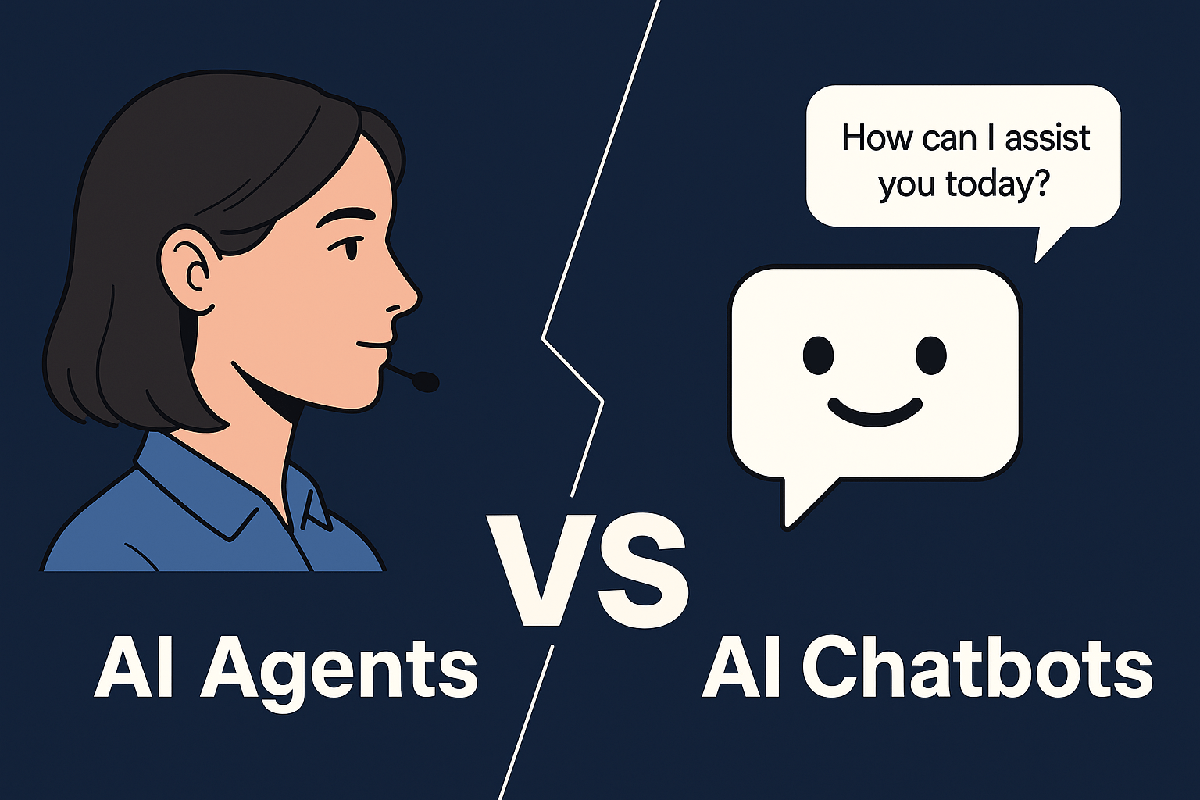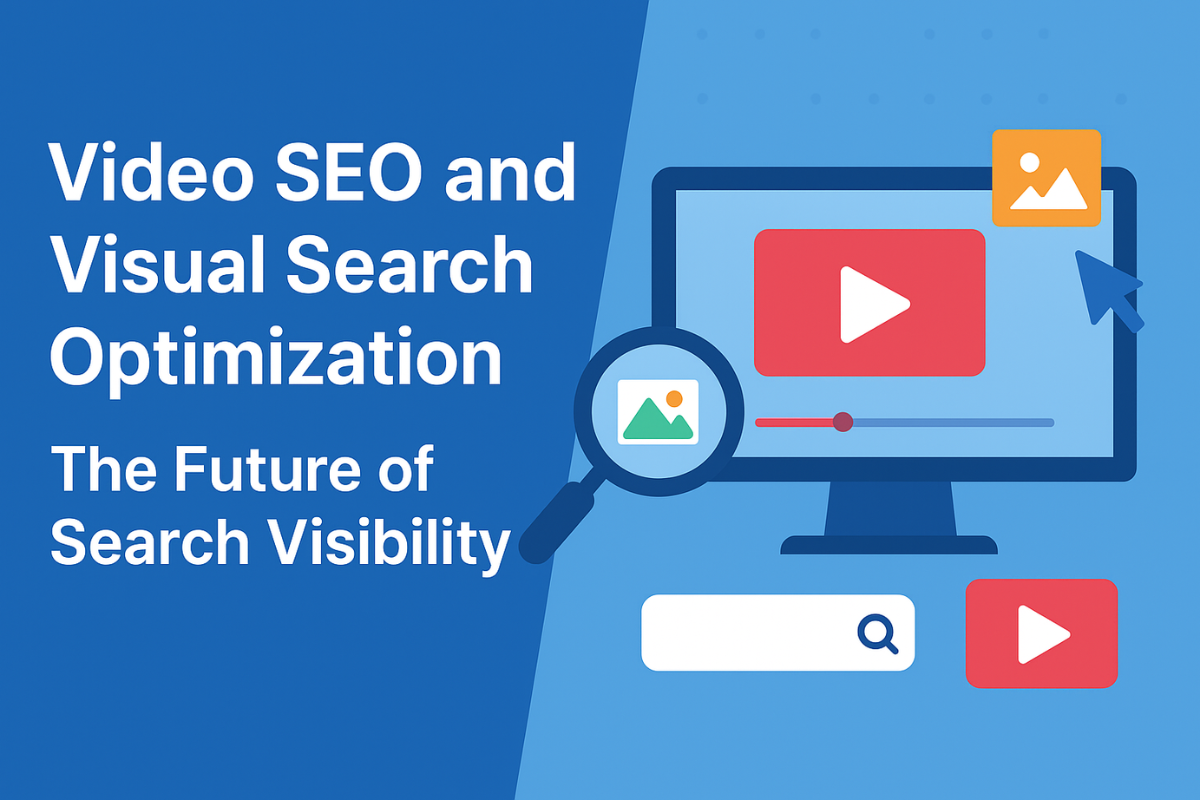Search engines are evolving, and so is the way people consume information. Today, users don’t just type questions into Google; they also watch videos on YouTube, scroll through Instagram Reels, and search with images on Google Lens. This shift means brands need to adapt their strategies to include Video SEO and visual search optimization. Done right, Video SEO helps your videos rank higher on search engines and platforms, while visual search optimization ensures your images are discoverable across devices and apps.
In this article, we’ll cover why Video SEO matters, how it connects with visual search, and the key steps you can take to boost your content visibility.
What Is Video SEO and Why Does It Matter?
Video SEO is the process of optimizing your video content so it ranks higher in search engines like Google and platforms like YouTube. Instead of treating videos as a side piece to your content strategy, Video SEO makes them a central driver of traffic, brand awareness, and conversions.
Why is it important? Because people love video. Studies show that viewers retain 95% of a message when it’s delivered in a video compared to just 10% in text. On top of that, Google increasingly features video carousels in search results. By investing in Video SEO, you’re positioning your content where people are already looking.
The Role of Visual Search in Modern SEO
While Video SEO focuses on optimizing moving content, visual search optimization expands your reach by making images searchable across devices and platforms. Visual search has grown rapidly thanks to tools like Google Lens, Pinterest Lens, and Bing Visual Search, which let users find products, places, or information through images instead of text.
For example, a user might take a photo of a pair of shoes they admire. Through visual search, they’ll instantly be directed to websites selling similar footwear. If your images are optimized, your product has a chance to be featured at that critical buying moment.
Key elements of successful visual search optimization include:
- High-Quality, Original Images: Blurry stock photos won’t stand out. Use unique, high-resolution visuals that showcase every detail of your product or service. For fashion or retail, lifestyle imagery works better than sterile product shots.
- Descriptive File Names and Alt Text: Instead of generic names like IMG123.jpg, rename files to reflect the item, e.g., red-handmade-leather-wallet.jpg. Pair this with keyword-rich alt text for additional context.
- Image Schema and Metadata: Adding structured data allows search engines to understand product details like size, color, and availability. This increases the chances of your image appearing in shopping and visual results.
- Image Sitemaps: Submitting image sitemaps ensures that search engines don’t overlook key visuals on your site. This speeds up indexing and boosts discoverability.
When combined with Video SEO, visual search optimization ensures your brand isn’t just found by words but also by the images and videos people naturally engage with.
How Video SEO and Visual Search Work Together

The modern search landscape is no longer one-dimensional. Users might type a query, scan a QR code, use Google Lens, or watch a YouTube short — all for the same piece of information. This is where Video SEO and visual search create a powerful synergy.
Imagine this scenario:
- A user searches “how to style silver jewelry” on Google. Your optimized YouTube tutorial appears in the video carousel thanks to strong Video SEO.
- Later, they use Google Lens to scan a necklace from your video. Because your product images are optimized for visual search, your e-commerce page surfaces in Lens results.
This way, you’re covering multiple entry points in the customer journey. It’s not about choosing one over the other; it’s about creating a multi-modal SEO strategy that ensures visibility whether the search starts with text, video, or images.
This integration makes your brand appear authoritative and omnipresent, strengthening trust and driving more qualified traffic from different angles.
Essential Strategies for Effective Video SEO
Mastering Video SEO requires a balance of technical precision and creative presentation. It’s not enough to simply upload videos and hope for views; every element must be optimized to align with search intent, algorithm signals, and user engagement. Let’s break down the most important strategies in detail:
- Keyword-Rich Titles and Descriptions
Search engines rely heavily on text-based cues to understand your video’s content. By placing your primary keyword, such as Video SEO, naturally within the title and description, you give algorithms a strong signal of relevance. For example, instead of a vague title like “Marketing Tips 2025”, use “Video SEO Strategies for Better Rankings in 2025.” The description should also include long-tail variations, timestamps, and links to related resources, reinforcing context for both users and crawlers. - Custom Thumbnails That Drive Clicks
Thumbnails act like digital storefronts. Research shows that custom thumbnails with bold text overlays, contrasting colors, and expressive imagery dramatically increase click-through rates. A video with high CTR sends positive engagement signals to YouTube and Google, which can boost Video SEO rankings. Instead of letting the platform auto-generate a frame, design your thumbnail to match the video’s promise — professional but attention-grabbing. - Captions, Subtitles, and Transcripts
Accessibility is more than a courtesy; it’s an SEO asset. Uploading accurate captions and transcripts not only helps audiences who are hard of hearing but also creates a body of text that search engines can index. Think of transcripts as an invisible blog post attached to your video — packed with keywords, phrases, and context that amplify your Video SEO efforts. - Schema Markup for Videos
Implementing structured data (VideoObject schema) on your pages helps Google understand details like video length, upload date, and thumbnail. With schema, your content is more likely to appear in rich results, including video carousels and featured snippets. This increases visibility and click-through potential, making schema an indispensable tool in your Video SEO toolkit. - Engagement Optimization for Rankings
Algorithms prioritize content that keeps viewers engaged. Watch time, average percentage viewed, likes, comments, and shares all factor into how search engines rank videos. Encourage viewers to participate by adding clear CTAs such as “Drop your thoughts in the comments” or “Subscribe for more Video SEO tips.” Higher engagement strengthens your authority and visibility in search.
Advanced Tips to Maximize Your Video SEO Success
Once you’ve mastered the basics, you can level up your Video SEO strategy with advanced techniques designed for competitive niches.
- YouTube Chapters and Timestamps
Adding chapters with timestamps helps viewers navigate your video and allows Google to link directly to specific sections. This not only improves user experience but also increases the chance of appearing in featured snippets or “key moments” in search. - Cross-Platform Video Distribution
Don’t limit your videos to YouTube alone. Repurpose them for Instagram Reels, TikTok, LinkedIn, or even embed them in blog posts. Each platform favors video differently, but the combined reach enhances your overall Video SEO impact. - Choosing the Right Hosting Option
Hosting videos on YouTube boosts visibility within the world’s second-largest search engine, while hosting on your own website drives direct traffic. Consider a hybrid approach: publish on YouTube for reach, then embed it on your site to benefit from dwell time and SEO authority. - Creating Video Content Clusters
Just like written content benefits from topic clusters, so does video. Group related videos into playlists or interlink them in descriptions to build topical authority. For instance, a series titled “Complete Guide to Video SEO” with multiple parts establishes depth and expertise. - Ongoing Analytics and Adjustments
Track metrics like click-through rate, watch time, and audience retention. Use these insights to refine future videos. For example, if viewers drop off at a certain point, restructure your storytelling or pacing. In Video SEO, data-driven tweaks can make the difference between average visibility and top rankings.
Final Thoughts
Search is no longer about static text results. Today, users want answers delivered visually and interactively. That’s why Video SEO and visual search optimization are no longer optional — they’re core strategies for modern digital marketing.
By focusing on keyword-rich titles, transcripts, schema markup, and user engagement, you can maximize the reach of your video content. Pair that with high-quality images optimized for visual search, and your brand gains visibility across multiple discovery channels.
The businesses that embrace these strategies early will dominate the future of search. Start treating video and visuals as essential pillars of SEO, and you’ll create a long-lasting presence in a landscape where attention is the most valuable currency.













